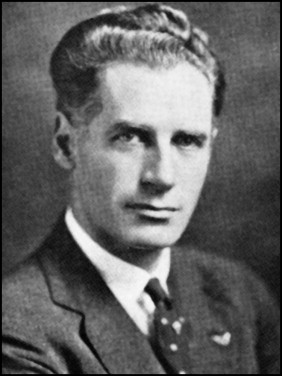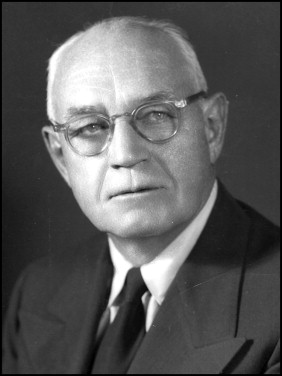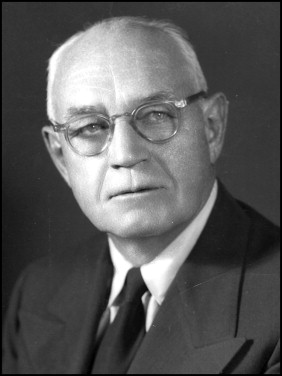Can you think of 2 terms more powerful than “evolution” and “communication”? Change (evolution) represents the only real constant you can rely on in this universe, and certainly the transmission of information by various means (communication) is paramount to our continuing existence. Now, to infuse oxygen into the brain, reflect on the following historical progression: drawings or carvings on walls of caves, language, the Dead Sea Scrolls, the printing press, books, the digital world of computers, the Internet, the Web, and the Cloud. Feel the acceleration! Let’s relate this surge to our Journal . If we used the term “paperless journal” 75 years ago in reference to today’s AJO-DO , it would connote bankruptcy or insolvency. Now, the term transports us to the digital universes of the Internet and World Wide Web. Have you considered how the word “journalism” relates to our evolving Journal ? Generally, journalism is the gathering, processing, and dissemination of information to an audience. Specifically, scientific journalism presents reliable, verifiable, and accurate facts (the truth), put in a meaningful context, relatively free from bias and subject to further investigation. Yes, that’s what editors, consultants, and authors of your AJO-DO do. However, just as the truth in Newtonian physics evolved toward that of quantum physics with the advent of Einstein’s special relativity, the Journal will continue to develop innovative methods to enlighten our specialty and the public. Curiosity and exploration transform translucency into transparency. A transparent approach to evidence reduces bias, thus improving accuracy. Accuracy becomes the foundation upon which manuscripts—their context, critical analysis, interpretation, and discussion—are built. Verification or a consistent method of testing and presenting this information using the IMRaD (Introduction, Materials & Methods, Research, and Discussion) format prevents human biases from undermining the accuracy of research. (IMRaD was developed by Sir Bradford Hill in 1965 for standardization of research text.) Verification separates scientific journalism from other modes of communication such as advertisement, entertainment, fiction, propaganda, and blogging. We test the reliability of our interpretation for and with optimal treatment results. Practitioners and scientists attempt an independent stance from their research through double-blind studies to reduce bias (evidence-based research). However, a tincture of common sense must always accompany any computer model or choice of statistics (ie, clinical significance vs statistical significance). Credibility demands accuracy (truth), reduction of bias, and clinical success as its sources. The Journal ‘s purpose remains, while its methods evolve.
A synopsis of my perceptions of significant contributions of past and present editors-in-chief may enlighten this evolutionary process. Each one presents a unique essence to the advancement of the AJO-DO .
Martin Dewey

One hundred years ago, Martin Dewey’s selection as editor-in-chief established the launching of the International Journal of Orthodontia in 1915 by the C. V. Mosby Publishing Company. Dr Dewey practiced, taught, and published orthodontics with vigor, a critical eye, and a determination found in his association with Edward H. Angle. Few equaled his masterful debating or parliamentary ability. Dewey’s prolific pen served the Journal for 17 years. During lean times, with financial aid from Dr C. V. Mosby, Dr Dewey, with DDS and MD degrees, often wrote several articles himself to fill the Journal . Even nomenclature changed with the stroke of his pen. Often, he incorporated a discussion section at the end of an article to stimulate responses from others. Martin also arranged a mutually advantageous union between the Journal and the American Society of Orthodontists. He championed a balance between science and technical ability, biology, and mechanics to discover the truth. “Science,” he remarked, “knows no friendship.”
Harvey Carlyle Pollock

Each orthodontic editor contributed his unique essence to the advancement of the AJO-DO . Dr Pollock, a close friend of Dr C. V. Mosby, helped establish the American Journal of Orthodontics in 1915. He served as assistant editor for 17 years and then assumed full responsibility from 1932 to 1968. Without missing a single issue, he carried the Journal through the difficult years of the Great Depression and the turmoil of World War II. Dr Pollock instituted the publication of a series of 26 profiles or biographic sketches of outstanding leaders in orthodontics. He also suggested that all presentations to the American Association of Orthodontists (AAO) be ready for publication in the Journal simultaneously. Dr Pollock saw the influx of government health services or public health plans and promoted a “no compromise in quality” position for orthodontists. Dr Pollock highlighted the concept that orthodontic problems stem from genetics and the environment and are not resolved only by mechanics, which had given orthodontics the status or unwanted publicity as a craft or a particular appliance camp. He assumed the presidency during the reorganization of the American Society of Orthodontists into the AAO; this required low-key guidance during the heated debates of the transition.
Harvey Carlyle Pollock

Each orthodontic editor contributed his unique essence to the advancement of the AJO-DO . Dr Pollock, a close friend of Dr C. V. Mosby, helped establish the American Journal of Orthodontics in 1915. He served as assistant editor for 17 years and then assumed full responsibility from 1932 to 1968. Without missing a single issue, he carried the Journal through the difficult years of the Great Depression and the turmoil of World War II. Dr Pollock instituted the publication of a series of 26 profiles or biographic sketches of outstanding leaders in orthodontics. He also suggested that all presentations to the American Association of Orthodontists (AAO) be ready for publication in the Journal simultaneously. Dr Pollock saw the influx of government health services or public health plans and promoted a “no compromise in quality” position for orthodontists. Dr Pollock highlighted the concept that orthodontic problems stem from genetics and the environment and are not resolved only by mechanics, which had given orthodontics the status or unwanted publicity as a craft or a particular appliance camp. He assumed the presidency during the reorganization of the American Society of Orthodontists into the AAO; this required low-key guidance during the heated debates of the transition.
Stay updated, free dental videos. Join our Telegram channel

VIDEdental - Online dental courses


